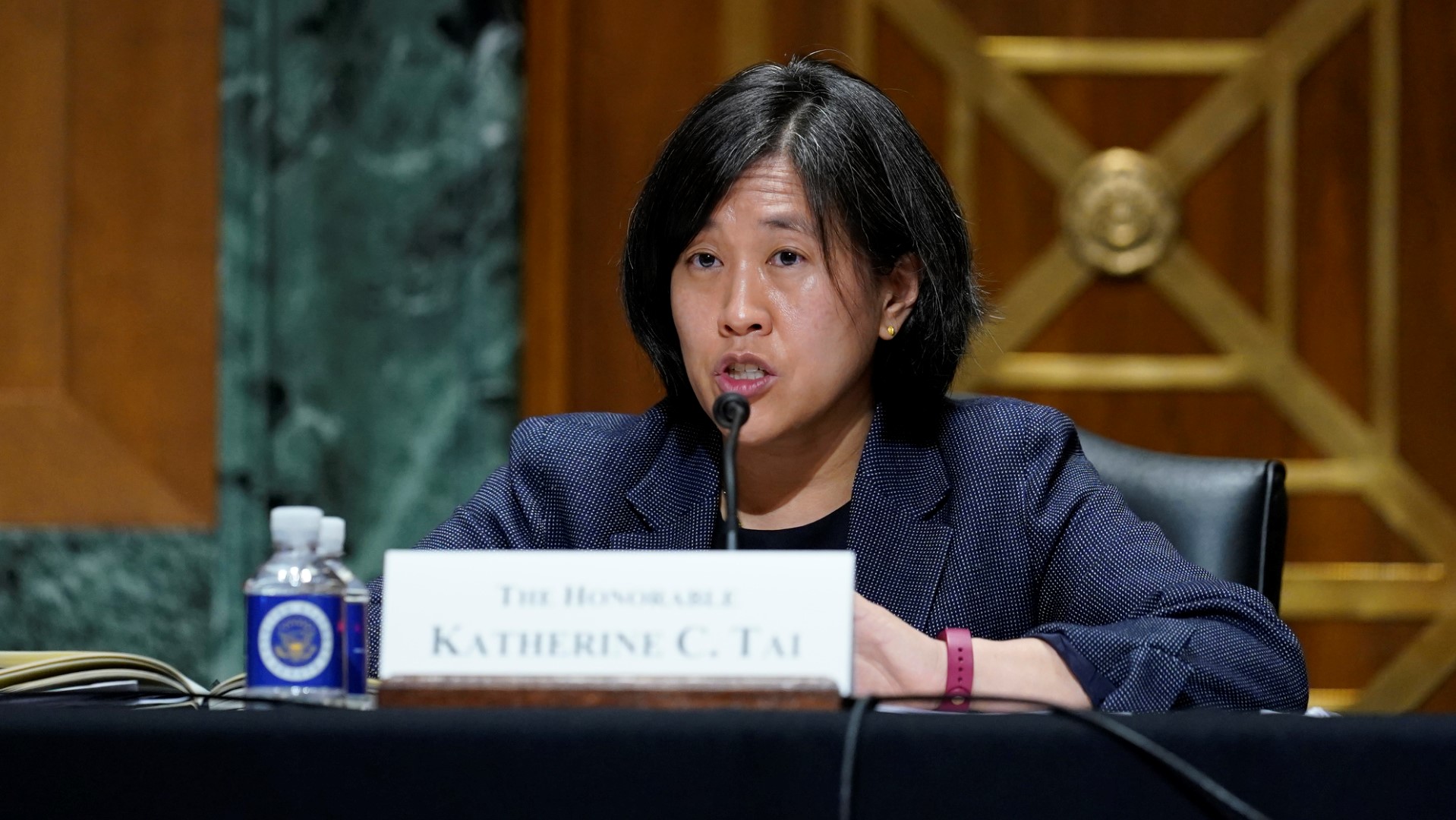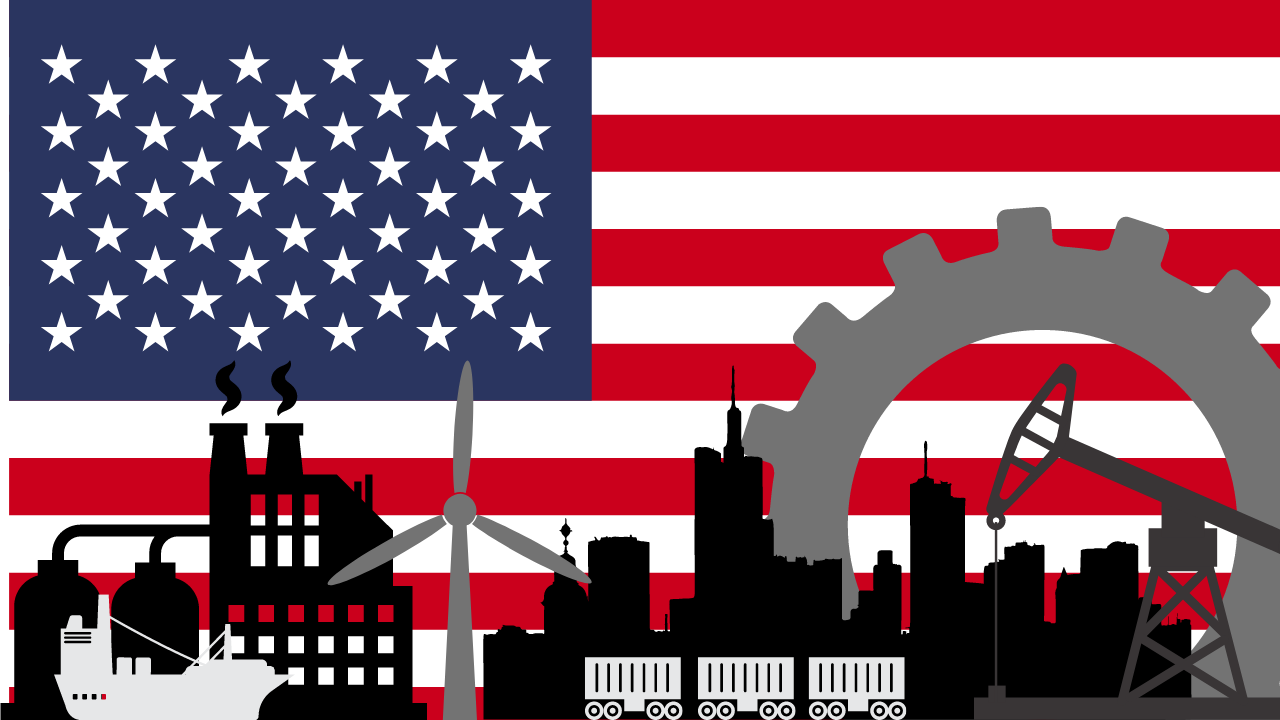US-China trade
Quick Take: What did USTR Tai’s speech really say about Biden’s China policy?
Published 05 October 2021
US Trade Representative Katherine Tai has delivered the much-anticipated speech which lays out the starting points for the Biden administration’s China trade policy. Here are some brief excerpts from the speech and, more importantly, an explanation of what they actually mean.
What did Tai say?
“In recent years, Beijing has doubled down on its state-centered economic system. It is increasingly clear that China’s plans do not include meaningful reforms to address the concerns that have been shared by the United States and many other countries.”
What did it mean?
The US has officially abandoned its longstanding hope that China would eventually become “just like the US” as its economy develops - or at least more fully embrace market-based economic principles. This was one of the core arguments made by President Clinton and other advocates of China’s admission to the World Trade Organization in 2001.
What did Tai say?
(Referring to the tariffs put in place by the Trump administration)
“We will start a targeted tariff exclusion process. We will ensure that the existing enforcement structure optimally serves our economic interests. We will keep open the potential for additional exclusion processes, as warranted.”
What did it mean?
We understand the commercial harm done to some US economic interests as a result of the tariffs. We don’t want to give up the leverage with China that we believe the tariffs provide, but we will try to provide as much relief to US companies and consumers as we can.
What did Tai say?
“We continue to have serious concerns with China’s state-centered and non-market trade practices that were not addressed in the Phase One deal. As we work to enforce the terms of Phase One, we will raise these broader policy concerns with Beijing. And we will use the full range of tools we have and develop new tools as needed to defend American economic interests from harmful policies and practices.”
What did it mean?
We understand that the real problem is China’s model of state-directed capitalism and that neither the WTO nor the Phase One agreement can adequately respond. We will therefore be aggressive in using unilateral US trade tools and potentially develop new ones to take on China. And by the way, we will not be letting China off the hook for its implementation shortfalls in the Phase One agreement.
What did Tai say?
“We will continue to work with allies to shape the rules for fair trade in the 21st century and facilitate a race to the top for market economies and democracies.”
What did it mean?
We recognize that we will need to work with our friends in Europe, Japan, Australia and other democratic, developed economies in order to effectively confront China’s policies. We will be willing to consult and coordinate where possible, but the US course has been set. China’s distortive trade practices need to be tackled head-on.
What did Tai say?
(Describing the US’ dual-track approach with Beijing in the years after WTO accession.)
“One track involved annual high-level dialogues between US and Chinese officials over three successive presidential administrations. These talks were intended to push China towards complying with and internalizing WTO rules and norms, and making other market-oriented changes.
But those commitments became more difficult to secure over the years, and China’s follow-through was inconsistent and impossible to enforce.
The other track focused on dispute settlement cases at the WTO. We brought 27 cases against China, including some I litigated myself, and through collaboration with our allies. We secured victories in every case that was decided. Still, even when China changed the specific practices we challenged, it did not change the underlying policies, and meaningful reforms by China remained elusive.
What did it mean?
We’ve tried talking. We’ve tried litigating. Nothing worked. It is time for a new and tougher approach.
What did Tai say?
(Describing how she will engage China.)
“Unlike the past, this administration will engage from a position of strength because we are investing in our workers and our infrastructure.”
What did it mean?
Biden’s domestic agenda on “build back better” will be a centerpiece of his approach to trade.
© The Hinrich Foundation. See our website Terms and conditions for our copyright and reprint policy. All statements of fact and the views, conclusions and recommendations expressed in this publication are the sole responsibility of the author(s).





